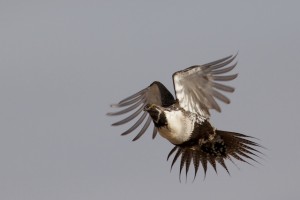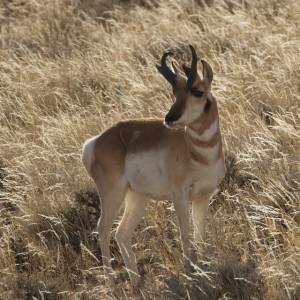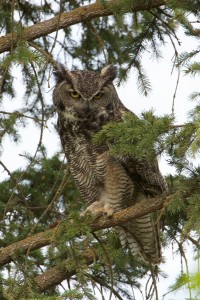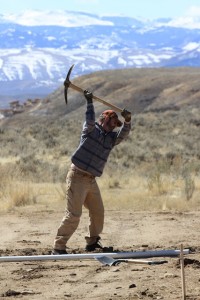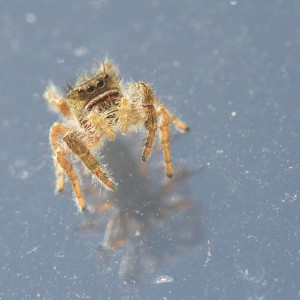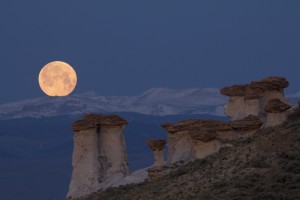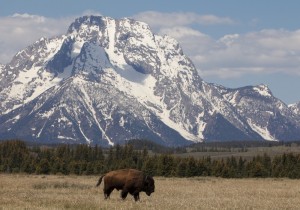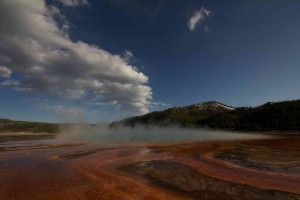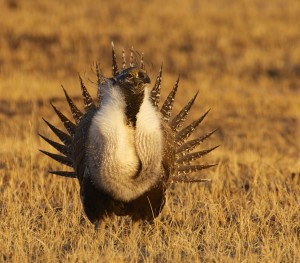Update July 2018: I have launched a side project selling photographs. This project is still in its nascence, but you can visit my photographic alter ego at:
www.alankrakauerphotography.com
In the past, I have typically been willing to provide images for educational purposes and to non-profits or non-commercial project that I support. I still hope to do this, but which photos I allow and their licensing are subject to change as I consider how best to balance my new venture with my past policy. Photos for commercial use ALWAYS require explicit licensing from me. If you have any questions, feel free to contact me.
—–
Photography has always been a hobby of mine since the first time (~age 6) I picked up a point & shoot film camera and shot an entire roll of film of a mallard at a local park. I have now made the jump to DSLR photography, and I’m happy to provide advice for navigating the somewhat dizzying array of options for beginning photo enthusiasts (I mostly know Canon gear). But first some galleries!
Photo Galleries
I’m placing some of my more interesting photos in Flickr sets. Click on the photo or link below to be taken to the corresponding collection.
Sage-grouse Gallery Other Wyoming Wildlife
Insects and other little critters Moons and Stars
Mammals Yellowstone National Park
[More albums to come!]
Photos out in the world
See this page for links to photos that have been used by others.
Some helpful resources for Modern Photography.
Books
A great general starter book for taking better pictures. If you didn’t grow up with a manual film camera, or you need a refresher on what shutter speed, aperture and ISO do, this is your book. Understanding Exposure.
A more Canon oriented book for learning flash photography. Speedlighter’s Handbook
I also love the David Busch extended guides (like this book for the Canon 60D). The manual that comes with the camera is a good place to start, but doesn’t add much context, such as why you might choose a certain option to achieve a desired effect.
Web resources
One of the best websites for reviews and comparisons of camera models: dpreview.com. A slightly less detailed comparison site: snapsort.com- don’t take their ratings literally, but they are a good place for side-by-side comparisons of features. A site I found to compare lens performance: the-digital-picture.com
Some trusted online vendors: B&H, Adorama, Abe’s of Maine. (also Amazon depending on who actually ships it). Adorama and B&H are good places to find used equipment, as is Lens Authority, which sells off rental lenses. Buying used camera gear can be a great way to get high quality pieces for your camera kit, but make sure you can return them if they do not function as advertised. I will say that good local camera stores are becoming more and more rare, so if you have one, consider giving them your business. Big box retailers can sometimes have good deals but it’s worth shopping around.
Want to identify an insect in your photo? Check out BugGuide.net. You can browse through an extensive collection of identified photos, or upload your photo and have an expert try to identify it. There’s a similar site for birds called whatbird, as well as Flickr groups dedicated to bird IDs. The Cornell Laboratory of Ornithology recently introduced an auto-identification website associated with the Merlin ID project.
Photographing Sage-Grouse
Occasionally I’ve been asked about photographing Sage-Grouse. I’ve been fortunate to get a few nice photos over the years (out of literally thousands or even tens of thousands of photos I’ve taken from the lek). 99.9% of my photos were taken from observation blinds during the course of research– note that we have scientific permits approved both by the Animal Care and Use Committee at UC Davis as well as the Wyoming Department of Game and Fish (as well as the Bureau of Land Management for parts of the research). You can see some of my sage-grouse photos on flickr.
Photographing Sage-Grouse or other lekking grouse involves special considerations since any disturbance has the potential to flush the entire lek of males and females, and over the long term, reduce male and female attendance at the lek. For this reason most guided visits to leks keep observers at spotting scope distance. If you wish to get closer, my best recommendation would be to contact the closest state Wildlife office (e.g. Wyo Game and Fish, CA Fish and Game) to inquire about photographic opportunities. For unknown reasons, some leks are less prone to disturbance (and also easier to access), and the wildlife biologists may be able to direct you to one of these. Also, please heed all of this advice provided by the Wyoming Game and Fish Department.
The main things in our experience are:
- Try to scout out the lek from a distance the morning before- look for birds or at least where their pellets and cecal casts are most numerous. Consider where the sun will rise as well.
- Get set up in the dark. The birds show up well before sunrise, and won’t tolerate you walking up.
- Try to block the windows behind you (whether in a blind or vehicle- this will help conceal your movements)
- Don’t try to set up right on top of the birds- if you put your blind right in the middle of everything you will disrupt the males in those territories. Our blinds are typically at least 20m (65′) (often much farther) from where we think the closest male will be. Yes, unless you have an 800mm lens this probably means you will be cropping your photo to fill the frame with a grouse. You may get lucky and have the grouse approach the blind and get a closer shot, but you need to let the birds make that move.
- Particularly if you are in a blind, don’t leave until the last bird leaves the lek. If you are photographing from a lek, you should commit to being there for the whole morning, not just until you get your photo.
- Some leks are just “sketchy”, with birds flushing at the least provocation. If this seems to be the case for you, either set up much farther away, or find a different lek.
Again, concern for the birds should be your first priority. It is even possible to be cited by a wildlife officer for disturbing a lek. These rules may seem onerous, but getting to watch a lek from close proximity is a magical experience, and something we hope people will be able to do well in the future. The grouse are quite photogenic animals, and getting photos or video of them is definitely worth the early wake-up.
Wild Turkey Photos
Because of my research interest in wild turkeys, I often get asked for turkey photographs. Embarrassingly, I am just starting to get some reasonable shots, particularly of male display behaviors. Back during my dissertation work, I didn’t have the equipment (or skills) that I have now, and all I have from my time at Hastings NHR are some poor quality slide scans. Some of the photos I use in presentations come (with permission) from the National Wild Turkey Federation. You could also check out flickr for some great photos.

